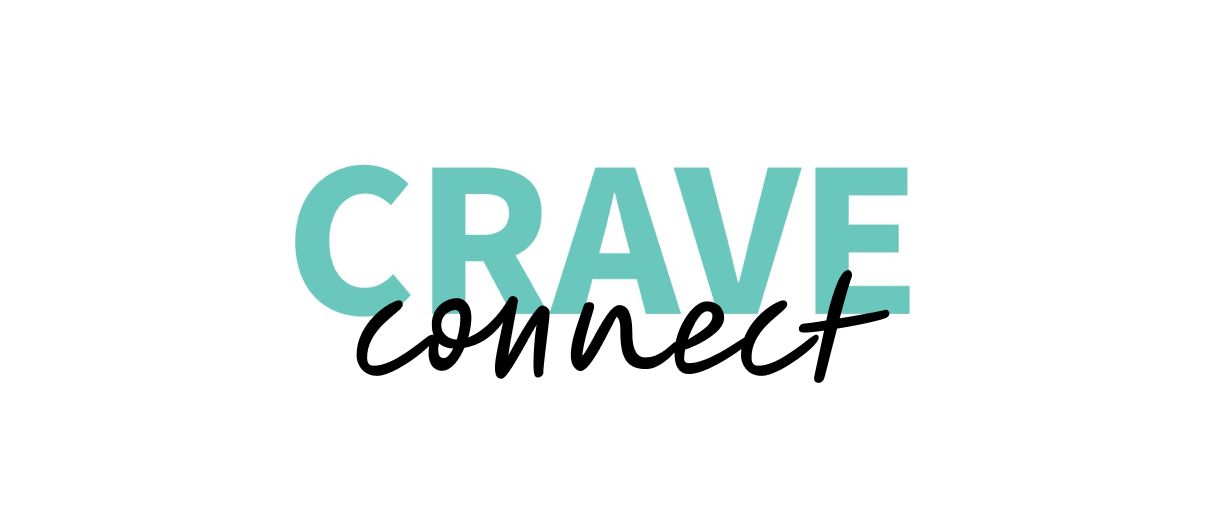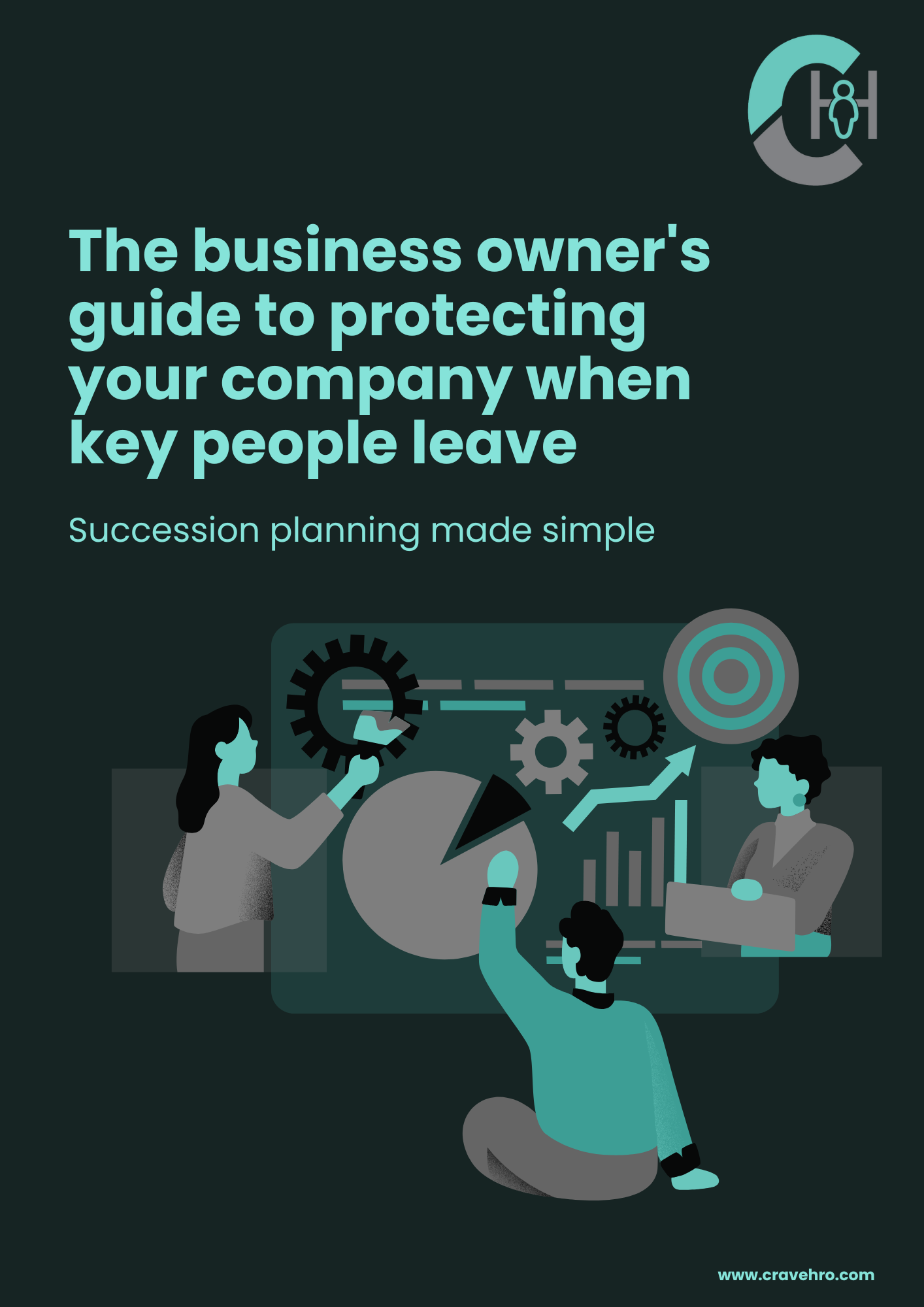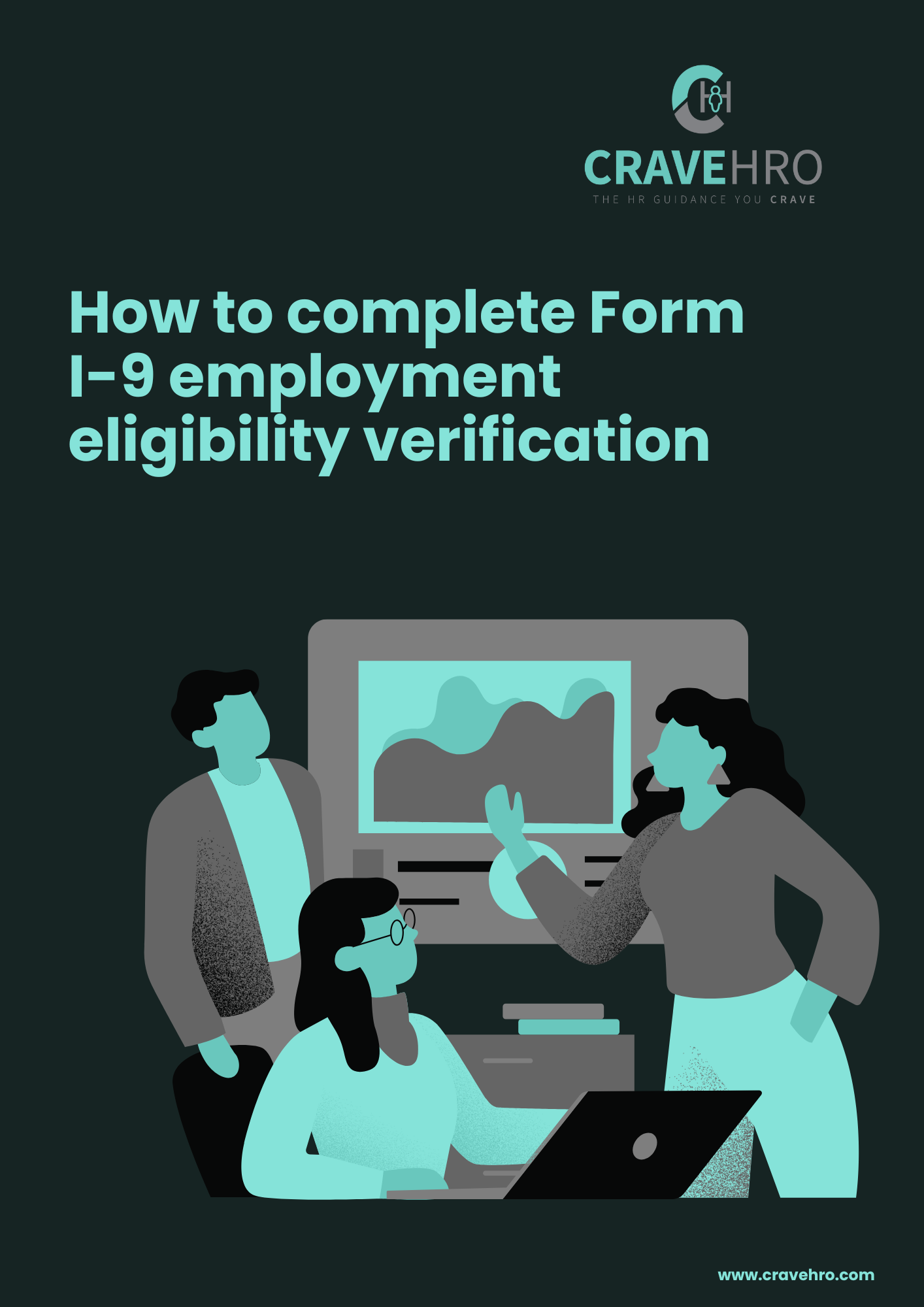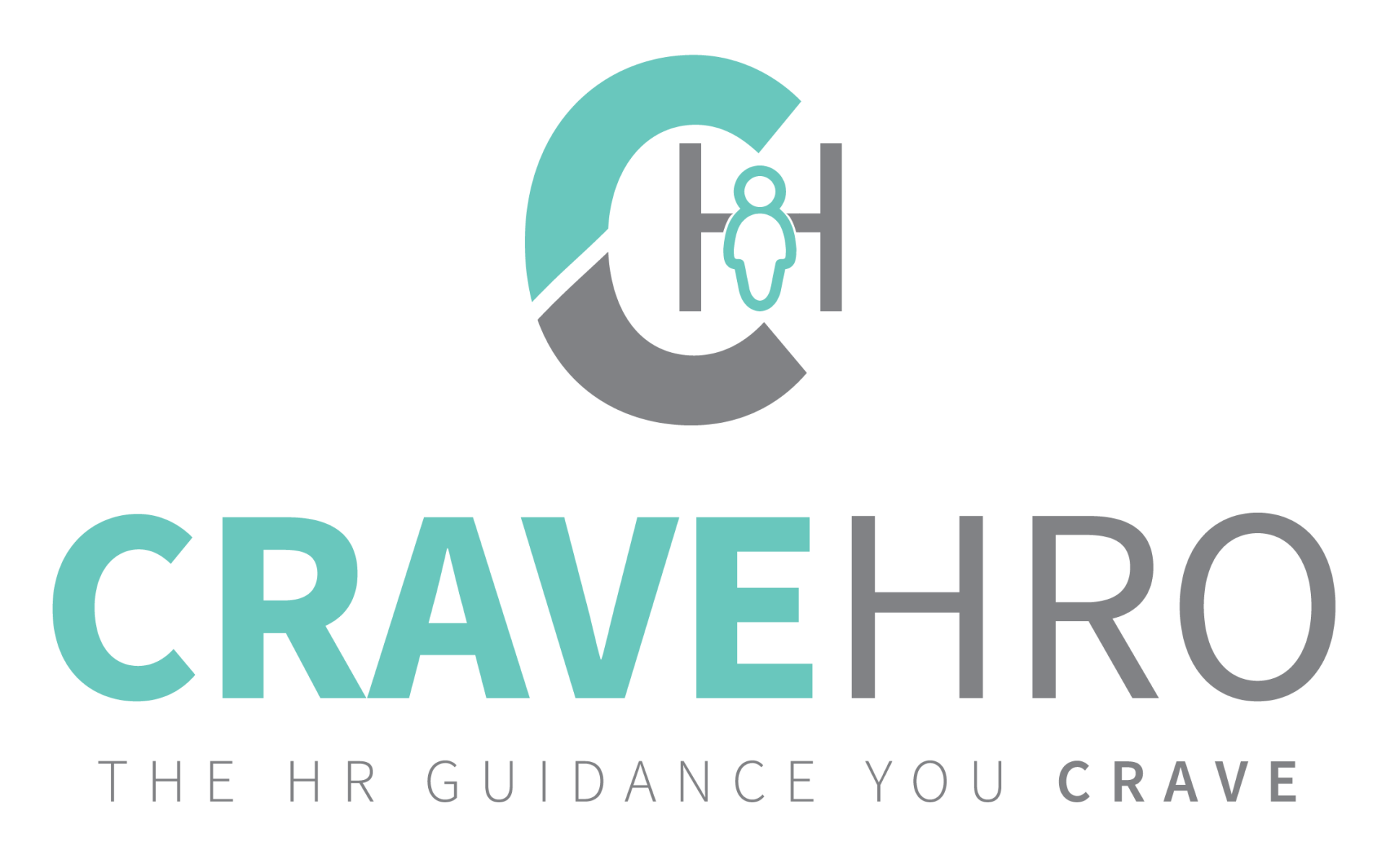
HR paperwork may sound like a small easy job. But multiply that across your team and the time soon adds up.
Here are all of the different ways that HR admin is causing you problems:
PTO tracking: Fielding questions about remaining days, manually calculating accruals, checking who's off when.
Payroll admin: Gathering hours worked, calculating overtime, dealing with queries about pay.
Employee questions: Answering basic questions that they could look up themselves.
Compliance gaps: Employment law changes regularly, and manual tracking means a higher chance of missing updates to minimum wage, overtime rules or local leave requirements.
Growing pains: During busy periods, HR admin becomes the thing that slows down hiring or managing extra staff.
Error costs: Manual processes mean mistakes happen, which can be expensive to fix.
What's a simple hack to reduce HR admin? It's HR software.
Here's how expert HR consultants, like us, can choose, set up and roll out HR software in your business:
- Help you to pick the right HR software for you
- Help you to set it up correctly
- Make sure everything is compliant
- Create a roll out plan
- Train your team
What are the ultimate benefits of HR software?
1. Keeps you legally compliant Stay up to date with changing employment law by setting reminders and storing key documents in one place.
2. Saves time and costs Automates repetitive tasks, like PTO tracking, payroll inputs and document sharing—freeing you up to focus on growth, not admin.
3. Scalable system that helps your business to grow As you grow, HR software makes it easier to manage more people without drowning in admin.
Want to have a quick introduction to HR software? Schedule a call today.











